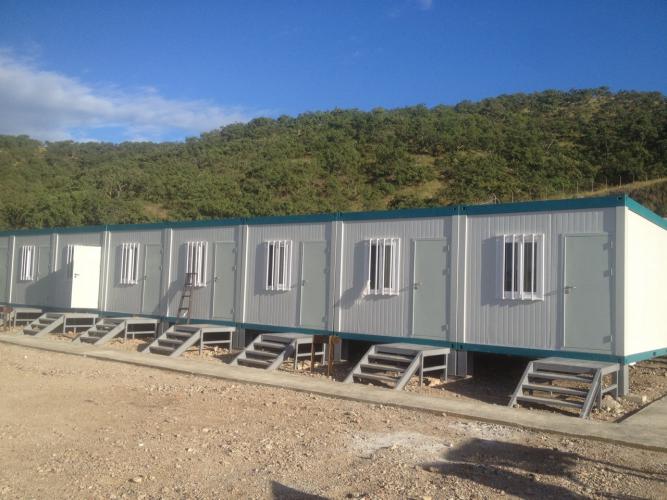Modern businesses face increasing pressure to expand office infrastructure quickly, efficiently, and within carefully managed budgets. Traditional construction timelines often stretch from six months to several years, while costs remain unpredictable due to weather delays, labor fluctuations, and material price volatility. Modular office buildings present a compelling alternative that delivers professional workspace in a fraction of the time at significantly lower costs. Understanding modular office building pricing is essential for organizations planning expansion, seeking temporary solutions, or operating in remote environments where traditional construction proves impractical.
What Are Modular Office Buildings?
Modular office buildings are prefabricated structures manufactured in factory-controlled environments, then transported and assembled on-site. Unlike traditional stick-built offices constructed piece-by-piece at the project location, modular buildings arrive largely complete—with internal systems pre-installed, electrical rough-ins completed, HVAC ducted, and interior finishes applied. On-site work focuses on connecting modules, sealing interfaces, and establishing utilities, reducing installation time from months to weeks.
These structures range from single mobile office trailers (8' x 20' units) to massive multi-building complexes spanning 30,000+ square feet, serving industries from construction and manufacturing to oil & gas, mining, government, and education.
Modular Office Building Pricing: Key Cost Ranges
Modular office pricing varies considerably based on multiple factors, but understanding the primary cost structures helps organizations budget accurately.
Base Unit Costs
Purchase Pricing: Modular office buildings typically cost between $50 to $300 per square foot, depending on structure type and customization level. For standard configurations, most facilities fall within the $100-$200 per square foot range. Here's how this translates to actual project costs:
| Unit Type | Size (sq ft) | Estimated Cost Range |
| Single-wide office (basic) | 160-240 | $8,000 - $24,000 |
| Double-wide office (standard) | 400-600 | $40,000 - $120,000 |
| Triple-wide complex | 900-1,200 | $90,000 - $240,000 |
| Large custom office | 5,000-10,000 | $500,000 - $2,000,000 |
Key Insight: Cost per square foot decreases with project size. A 100-square-foot unit might cost $200/sq ft, while a 10,000-square-foot complex might cost only $100-$120/sq ft due to economies of scale.
Rental and Lease Options: For businesses seeking temporary solutions, monthly rental rates typically range from $500 to $15,000 per month, depending on unit size and configuration.
| Unit Configuration | Monthly Rental Cost | Annual Cost |
| Single-wide (8' x 20') | $500 - $1,500 | $6,000 - $18,000 |
| Double-wide (16' x 40') | $1,500 - $3,500 | $18,000 - $42,000 |
| Triple-wide complex | $3,000 - $8,000 | $36,000 - $96,000 |
| Large complex (15,000+ sq ft) | $8,000 - $15,000+ | $96,000 - $180,000+ |
Longer lease commitments—typically 3+ years—often reduce monthly rates by 15-25%.
Cost Breakdown by Structure Type
Type V-B (Wood-Frame Temporary): $75-$130 per square foot before site work and installation. These basic, relocatable units suit short-term projects.
Custom Steel-Frame Modular Buildings: $150-$400+ per square foot. Specialized structures featuring advanced HVAC systems, fire-rated materials, and complex MEP integration command premium pricing.
Permanent Modular Buildings: Typically $20-30% higher than temporary equivalents due to enhanced finishes, permanent foundations, and landscape integration.
Additional Cost Factors Beyond Base Price
The final modular office building cost includes several components beyond the structure itself:
Site Preparation and Installation: Typically 25-50% of total project cost or $5,000-$20,000 per project. This includes foundation work, utility connections, craning, leveling, anchoring, and skirting.
Transportation: Varies dramatically by destination distance and site accessibility. Local delivery might cost $2,000-$5,000, while international shipment could reach $20,000-$50,000+.
Customization and Upgrades: Custom interiors, premium finishes, specialized systems add $10,000-$100,000+:
Premium HVAC systems: +$5,000-$15,000
Advanced insulation (R-20): +$3,000-$8,000
Glass partitions and specialty walls: +$8,000-$25,000
Pre-installed furniture and technology: +$10,000-$50,000
Utility Connections: Electrical, water, sewage, and data hookups: $3,000-$10,000 depending on site infrastructure.
Permits and Inspections: $1,000-$5,000 varying by local jurisdiction.
Cost Savings Compared to Traditional Construction
The real advantage of modular office buildings emerges when comparing total cost of ownership to traditional construction:
Per-Square-Foot Comparison:
This represents 20-50% savings depending on customization and site complexity.
Timeline Cost Savings: Modular projects complete 30-70% faster than traditional builds. A typical 10,000-square-foot office project:
Traditional construction: 8-12 months, extended overhead costs
Modular construction: 4-6 weeks factory + 2-3 weeks on-site = 6-8 weeks total
This acceleration directly reduces:
Project financing costs
On-site project management expenses
Temporary workforce housing and overhead
Lost opportunity costs from delayed operations
Material and Labor Efficiency:
Factory production reduces waste by 67% compared to traditional builds
Labor costs decrease due to controlled environment efficiency
Bulk material purchasing drives down per-unit component costs
Real-World Pricing Examples: Chengdong Projects
Mozambique Katembe Bridge Camp Project: A 9,536-square-meter semi-permanent office complex featuring two-story administrative buildings arranged in a U-shape compound. The light steel residential system design specified a lifespan exceeding 25 years, supporting long-term operational requirements. Critical conference facilities for 3,000 people were completed in just 15 days—significantly outpacing traditional construction timelines.
Algiers Grand Mosque Camp Project: A 5,150-square-meter modular facility comprising 312 container house modules combining office, meeting, and bathroom facilities. The standardized modular design enabled flexible directional connections, eliminating secondary on-site decoration and enabling rapid hoisting and installation. The integrated modular approach with complete pre-installed indoor facilities minimized on-site labor and accelerated deployment.
Venezuela Central Power Plant Camp: A comprehensive 25,800-square-meter facility featuring semi-permanent light steel residential buildings with a 25+ year design life. The facility incorporated hot-dip galvanized structures specifically designed for high-corrosion coastal environments, demonstrating how specialized materials affect pricing while extending asset lifespan.
Factors That Increase Modular Office Building Costs
Understanding cost drivers helps organizations optimize their modular investment:
Customization Complexity: Standard layouts cost far less than bespoke designs requiring specialized engineering. Each custom configuration adds engineering hours and potential manufacturing complexity.
Environmental Specifications: Climate-specific features significantly impact pricing:
Tropical/humid environments: Enhanced corrosion protection, elevated foundations, superior ventilation = +10-15% cost
Cold climates: Thermal barriers, reinforced insulation, arctic-grade HVAC = +15-20% cost
Hurricane/high-wind zones: Reinforced structural bracing, specialized anchoring systems = +12-18% cost
Geographic Location: Remote site accessibility affects transportation and installation logistics. Projects in challenging terrain or developing infrastructure require specialized equipment, longer timelines, and higher labor costs.
Material Selections: Steel construction costs more than wood-frame alternatives but provides superior durability, fire resistance, and longevity. Premium insulation, architectural cladding, and specialty finishes elevate costs substantially.
Utility Integration: Complex MEP (mechanical, electrical, plumbing) systems, including advanced HVAC, networked controls, or specialized medical/laboratory requirements, drive costs toward the premium end of the spectrum.
Factors That Reduce Modular Office Building Costs
Savvy procurement strategies lower final pricing:
Volume Purchasing: Orders for multiple units or large-scale projects generate volume discounts of 10-20% compared to single-unit purchases.
Standard Configurations: Utilizing pre-engineered standard layouts rather than custom designs reduces engineering costs and leverages production efficiency. Cost savings: 15-25%.
Lease vs. Purchase: Renting modular offices makes financial sense for temporary needs, spreading costs across the lease term without major capital outlay. Organizations can upgrade or downsize without stranded assets.
Longer Lease Terms: Committing to 3-5 year leases reduces monthly rates significantly compared to short-term monthly rentals.
Off-Peak Production: Scheduling factory construction during slower periods sometimes enables modest pricing reductions when manufacturer capacity allows.
Modular Office Buildings: Lease vs. Purchase Decision
Organizations must evaluate whether to lease, purchase, or finance modular offices:
Lease (Rental): Ideal for temporary needs (6-24 months), allowing flexibility without capital commitment. Monthly costs range widely but typically reflect $1.20-$1.75 per square foot monthly depending on lease length and customization. Over a 12-month period, a 500-square-foot office costs approximately $7,200-$10,500 annually.
Purchase (Capital Investment): Financially advantageous for permanent or long-term (5+ years) needs. A $100,000 modular office depreciates over 7 years as equipment (vs. 39 years for permanent construction), offering favorable tax treatment. Break-even typically occurs around 3-4 years, after which ownership becomes cheaper than perpetual leasing.
Financing (Lease-to-Own): Increasingly available options allow organizations to lease with equity build-up, eventually owning the asset. This balances monthly cash flow with eventual ownership benefits.
Why Modular Office Buildings Deliver Superior Value
Beyond pricing, modular offices provide compelling advantages justifying their investment:
Speed to Occupancy: Businesses operating from finished modular offices in 6-8 weeks can commence revenue-generating activities immediately, recovering costs faster than traditional construction projects that require 6-12+ months.
Predictable Costs: Factory-manufactured modules come with fixed pricing and transparent specifications, eliminating surprise change orders common in traditional construction. This budget certainty is invaluable for financial planning.
Scalability: As businesses grow, modular units stack or expand horizontally without major structural modifications. Organizations can right-size workspace and reduce square footage without demolition waste.
Flexibility and Relocation: Unlike permanent structures, modular offices relocate easily—critical for businesses operating in temporary locations, remote job sites, or changing markets. Modules designed for relocation can be repositioned in days to weeks.
Durability and Quality: Factory-controlled production ensures consistent, code-compliant construction. Climate-controlled environments minimize defects, weather damage, and rework compared to on-site builds.
Environmental Sustainability: Modular construction generates 67% less waste than traditional methods, uses recyclable materials, and often incorporates energy-efficient features that reduce long-term utility costs by 20-30%.
Global Applications: Chengdong's Modular Office Expertise
Chengdong Modular House operates 70,000 square meters of manufacturing capacity with annual production exceeding 40,000 units globally. Their modular office solutions adapt to diverse environments—from coastal hurricane zones to remote mining camps and government administrative centers. Recent projects demonstrate proven ability to:
Rapidly scale: Projects from 1,000 to 25,000+ square meters completed on aggressive timelines
Customize for environments: Climate-specific features for tropical, arctic, high-altitude, and hurricane-prone locations
Integrate complex systems: Administrative facilities with conference capacity for thousands, integrated dining, medical clinics, and recreational spaces
Maintain quality standards: ISO 9001 and international certifications ensuring consistent, code-compliant construction across diverse global projects
Making Your Modular Office Decision
When evaluating modular office solutions, consider these guidelines:
For temporary needs (< 2 years): Lease or short-term rental makes financial sense. Costs range $6,000-$18,000 annually for basic single-wide units.
For semi-permanent operations (2-5 years): Analyze purchase vs. lease breakeven. A $100,000 investment typically pays for itself within 3-4 years compared to continuous rental.
For permanent expansion (5+ years): Modular purchase offers superior lifetime value. Even at $200/sq ft, a 5,000-square-foot modular office ($1 million investment) costs substantially less than $1.5-2 million for traditional construction while offering 40-60% faster deployment.
For remote/challenging sites: Modular's proven ability to operate in harsh environments, combined with rapid deployment and lower on-site labor requirements, justifies premium pricing relative to less-capable alternatives.
Conclusion: Strategic Investment in Modern Workspace
Modular office building prices reflect a fundamentally different value proposition than traditional construction. While base costs range from $50-$300 per square foot—potentially approaching traditional construction costs—the true economic advantage emerges when considering complete project economics: accelerated timelines, reduced financing costs, minimized on-site disruption, predictable budgets, and long-term flexibility.
For organizations seeking office infrastructure that balances cost-efficiency with rapid deployment, Chengdong Modular House delivers proven expertise in designing, manufacturing, and deploying modular office solutions globally. Whether requiring temporary site offices, permanent administrative facilities, or specialized workspace for challenging environments, modular construction represents a strategic investment that aligns infrastructure development with modern business demands for speed, quality, and adaptability.



More

More
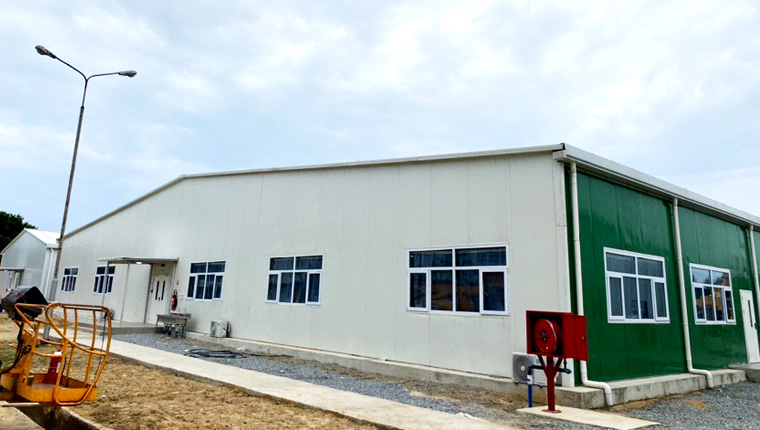
More
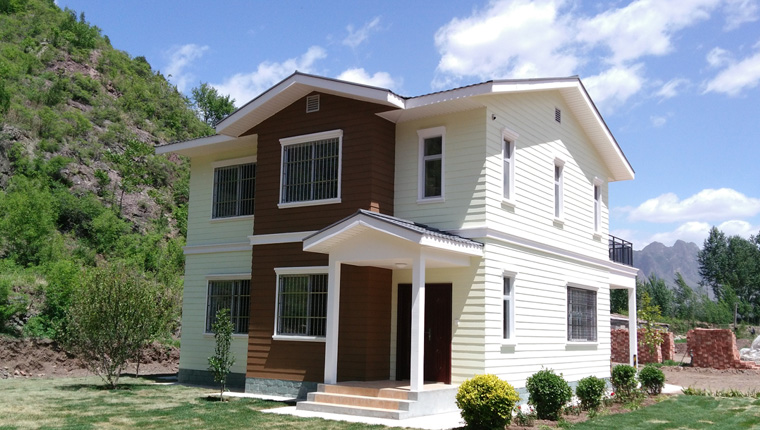
More

More
Learn More
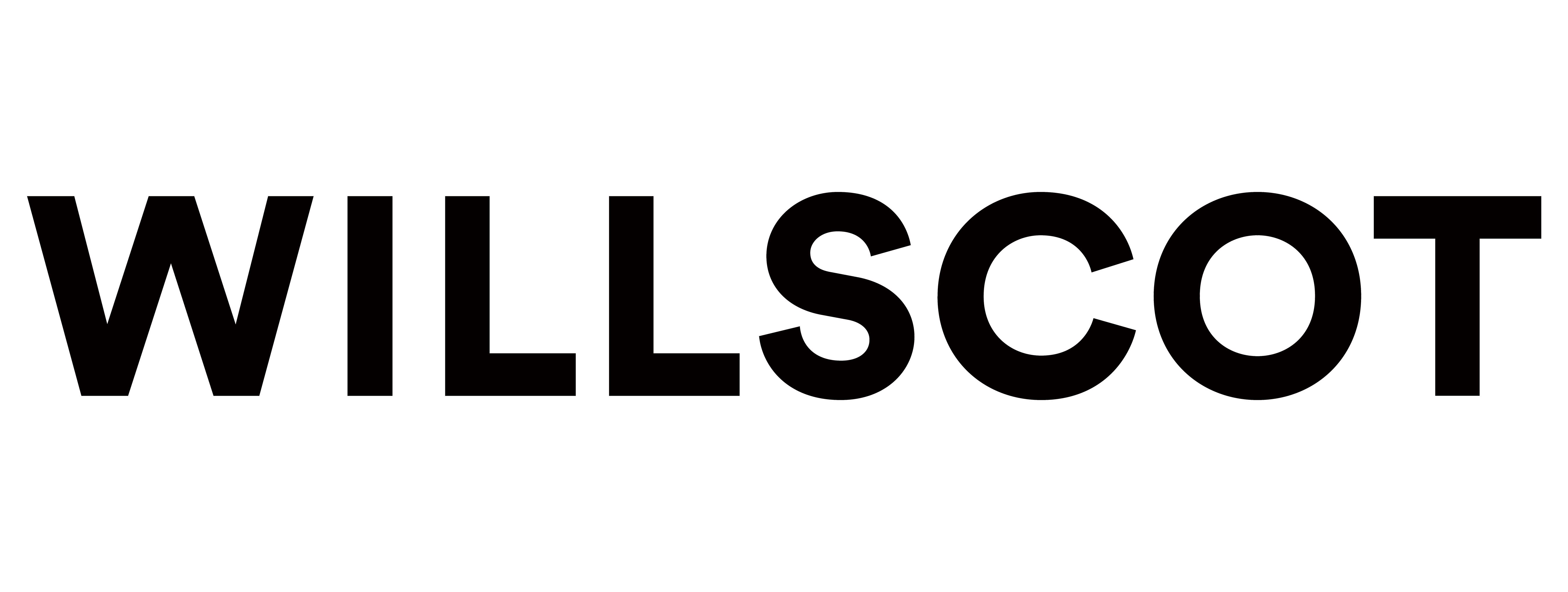

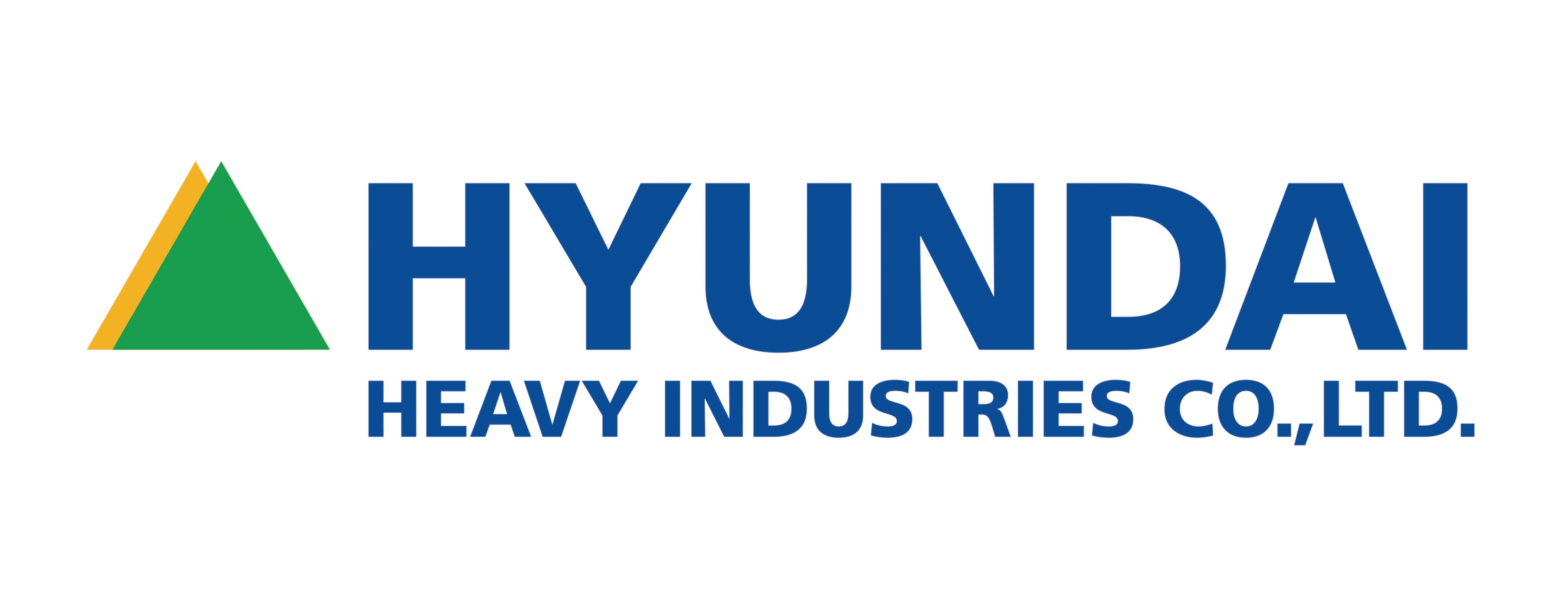
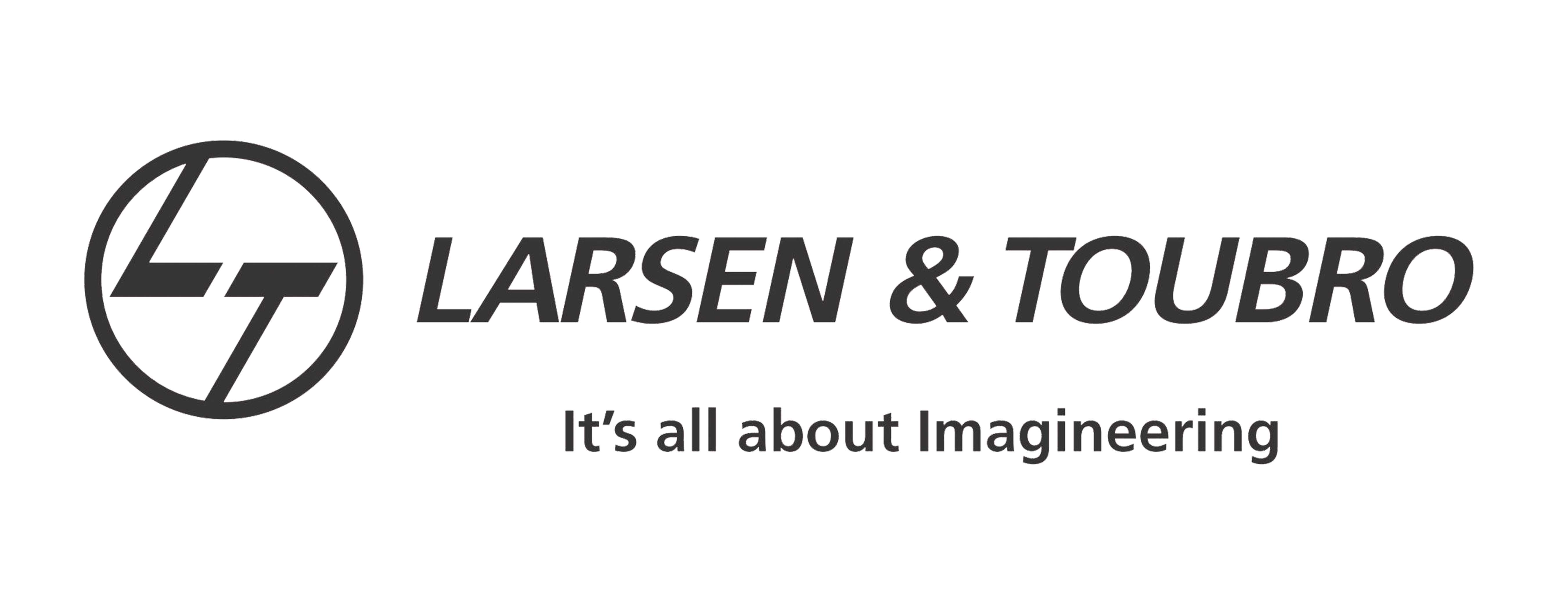
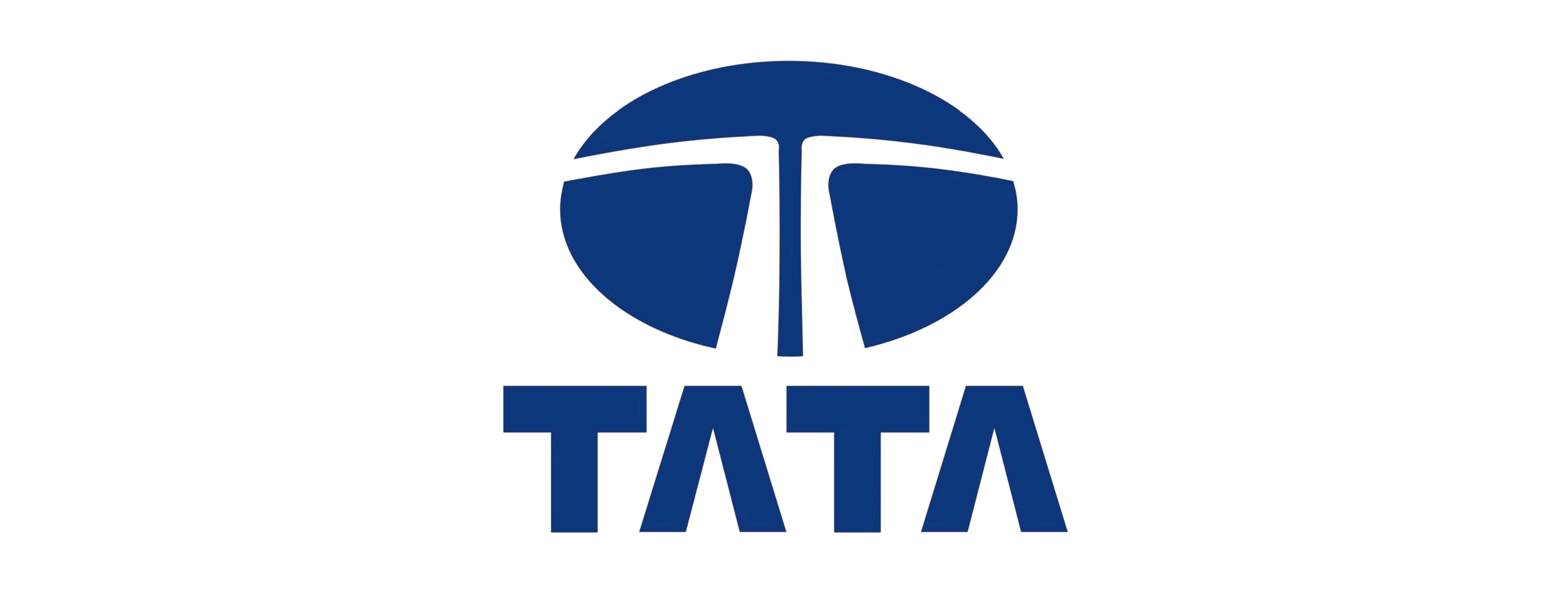




















![Top Advantages of Modular Construction Explained [2025]](/uploads/upload/images/20250424/0fb390068474145a09a8c0504c73b1d2.png)
